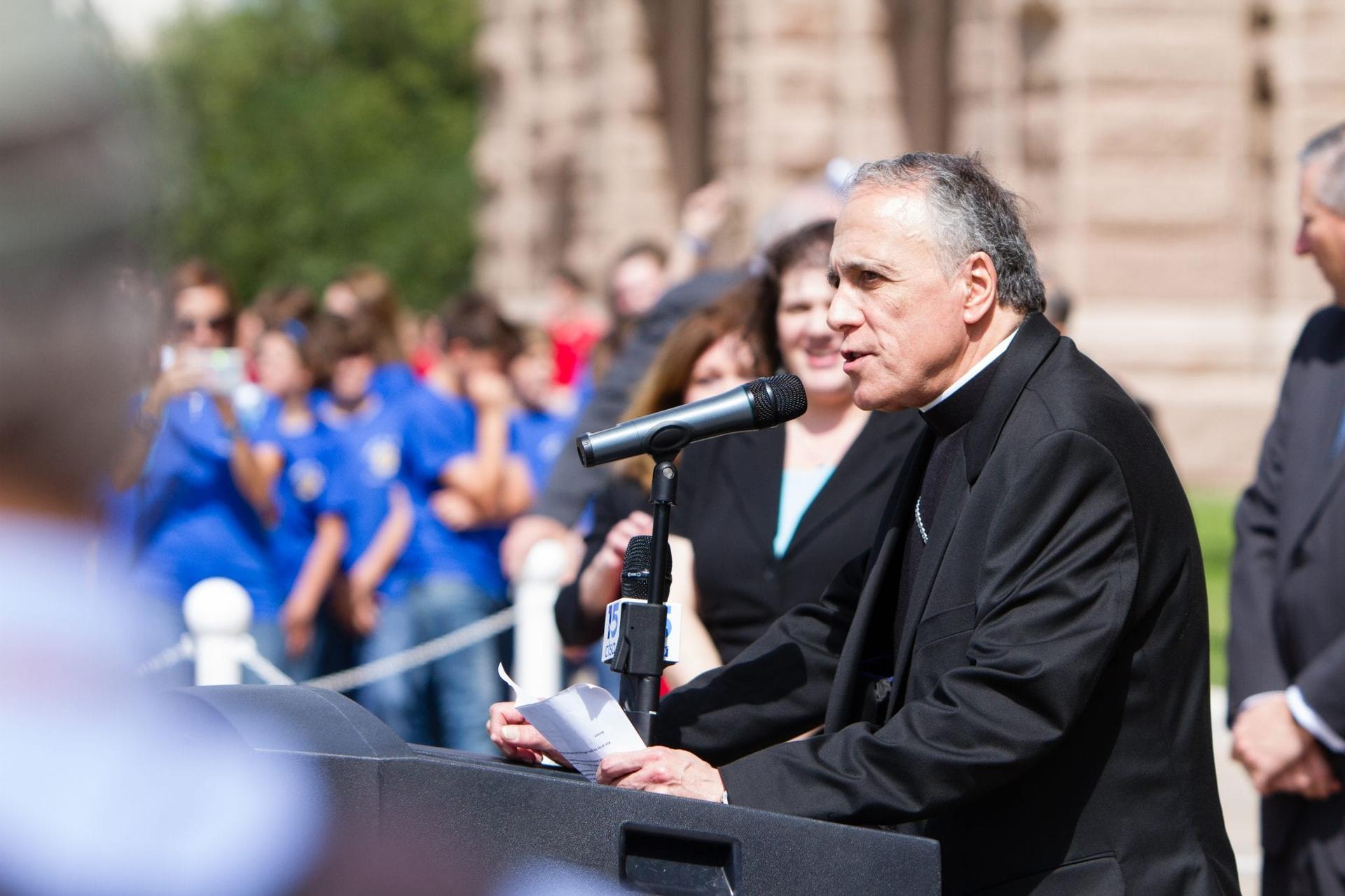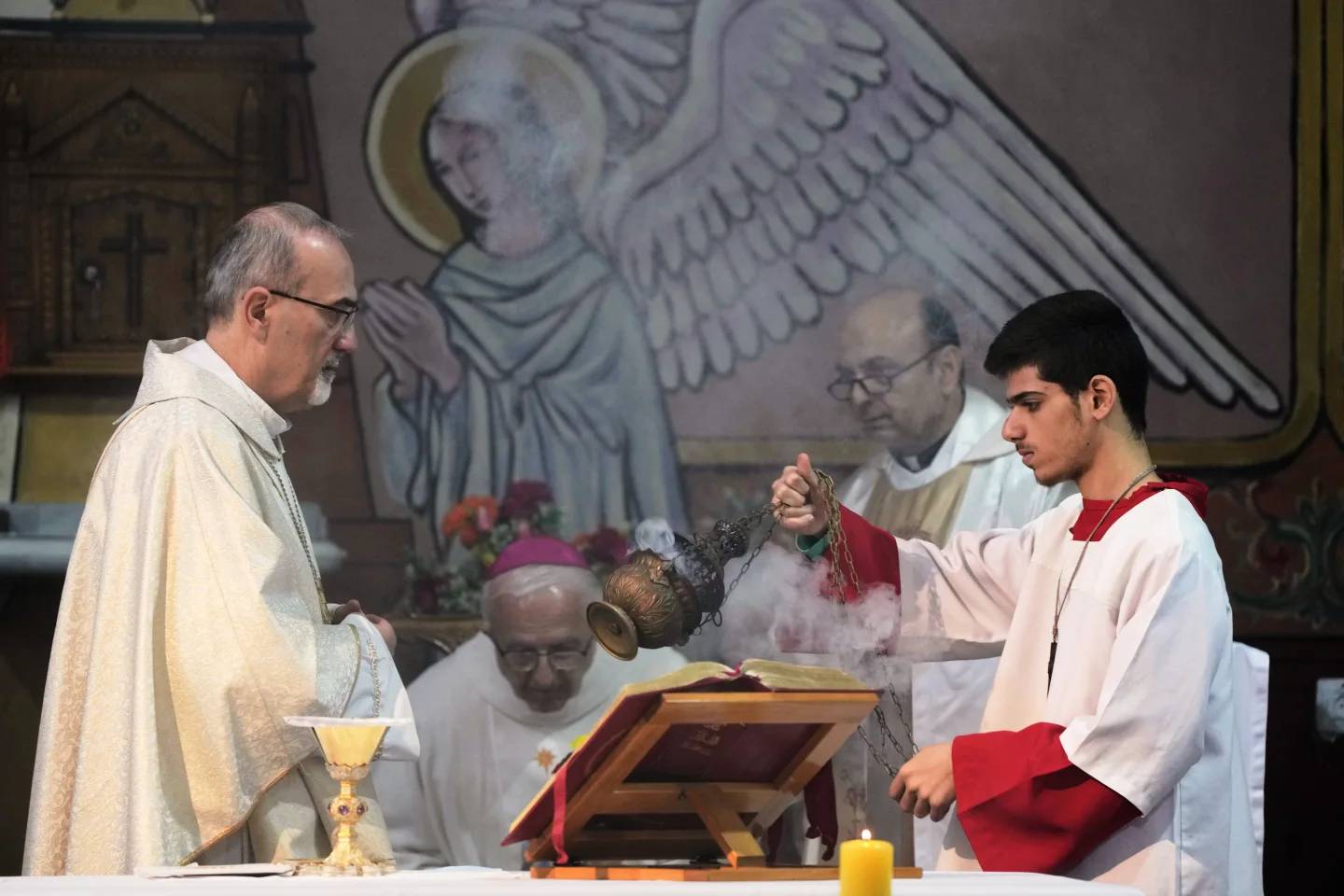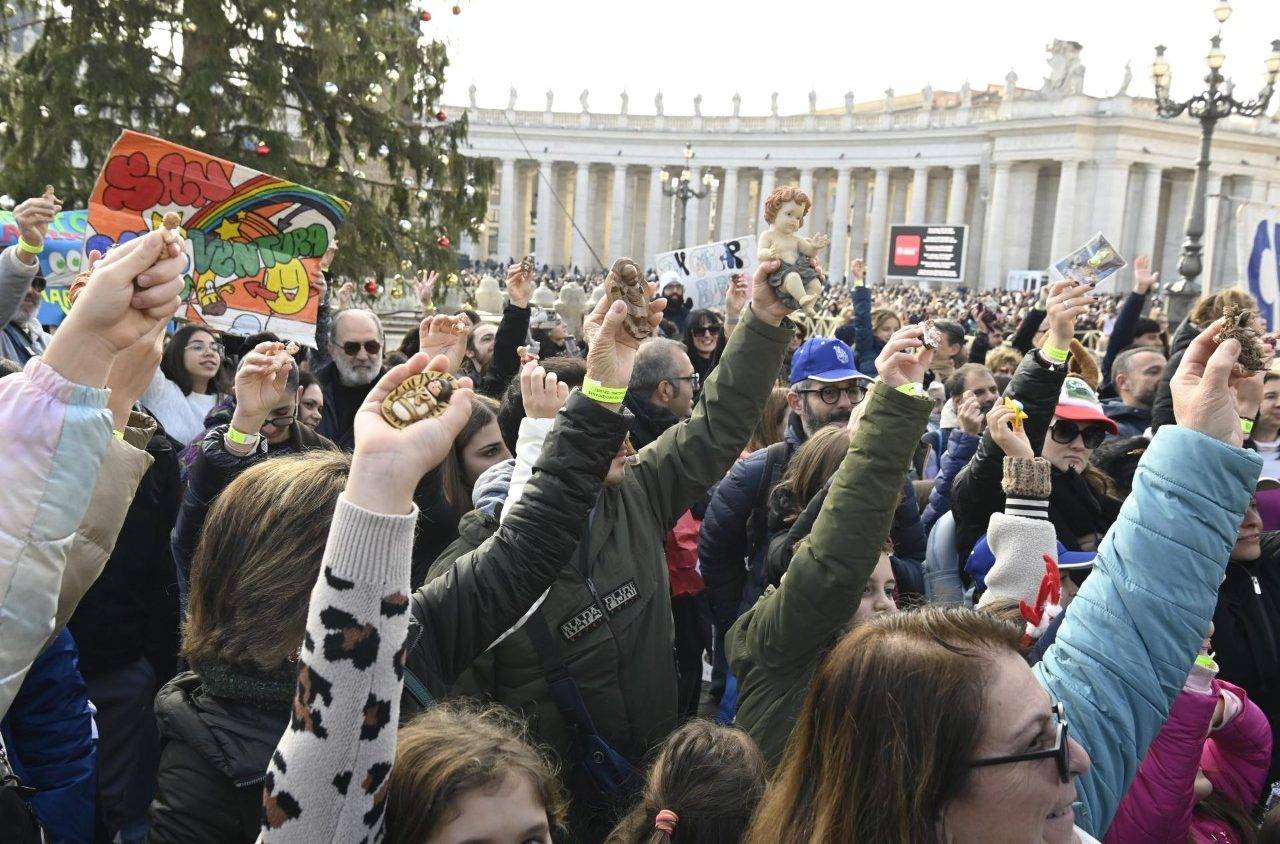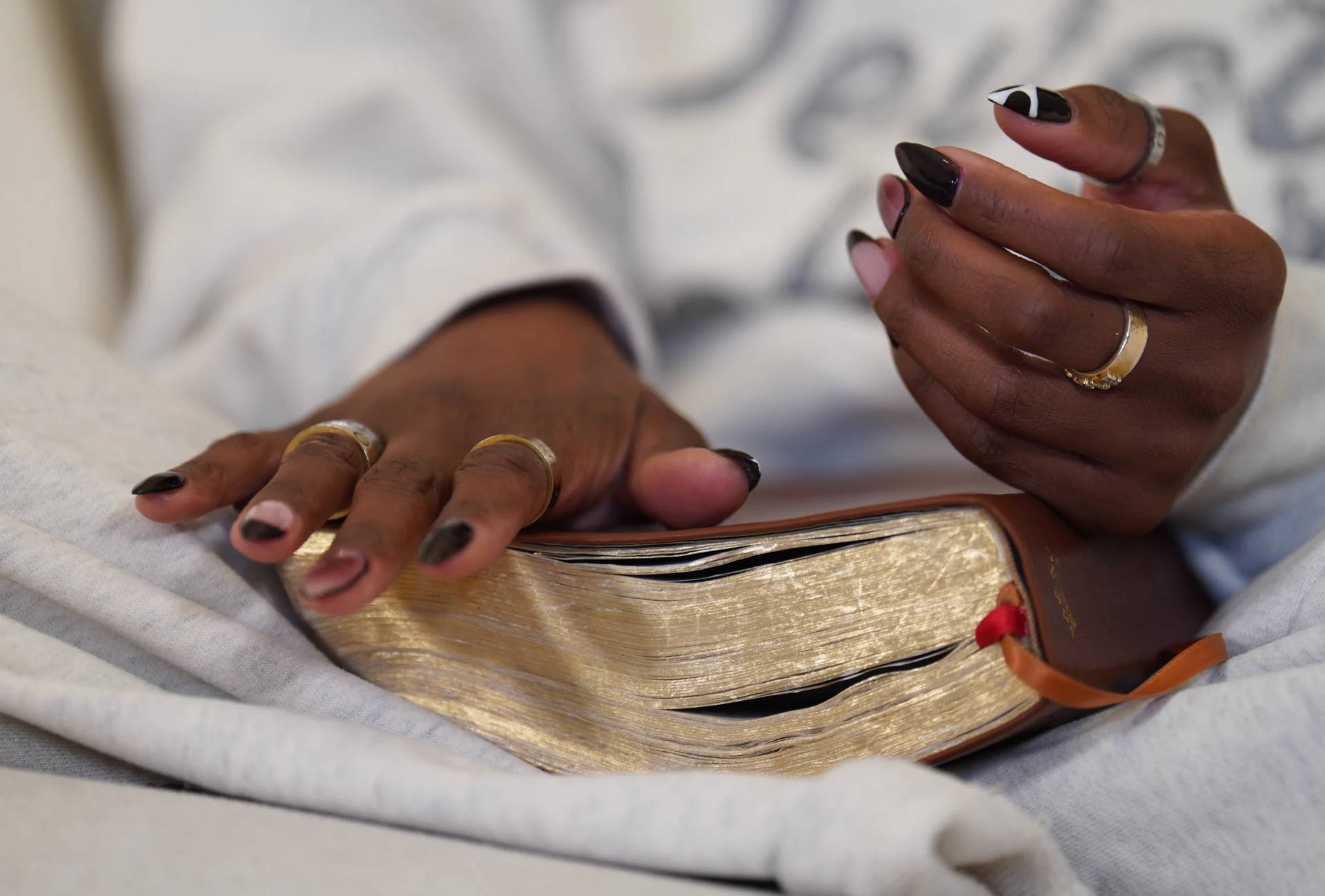NEW YORK — In a recent interview with Cardinal Daniel DiNardo, archbishop of Galveston-Houston and president of the United States Conference of Catholic Bishops (USCCB), DiNardo was asked about a pledge that all dioceses in Texas would release the names of priests credibly accused of sexual abuse.
“‘Credibly accused’ is being worked out in terms of our lawyers even now as we speak,” DiNardo said, adding that independent auditors were also reviewing archdiocesan files.
As the U.S. Catholic Church has attempted to reckon with a mounting crisis of clerical sexual abuse, dioceses throughout the country have begun to release the names of accused priests.
While the first lists of accused priests were published in 2002, the release of a Pennsylvania grand jury report in August has spurred an immediate surge of other dioceses beginning to follow suit — with more than 70 dioceses and numerous religious orders throughout the country having done so.
Yet despite the increasing trend to release names — an initiative widely demanded by sex abuse survivors and praised by watchdog organizations — the practice also raises new questions, most notably being what “credibly accused” actually means and who gets to decide.
Credible vs. Substantiated Accusations
As the U.S. bishops wrapped up their closely-watched meeting in Baltimore last month, DiNardo, in his final summation, said that as the conference advances its efforts to respond to the abuse crisis, among the next steps would be “studying national guidelines for the publication of lists of names of those clerics facing substantiated claims of abuse.”
While the USCCB lacks uniform protocols for releasing names, leaving it up to individual dioceses for them to set their own parameters, many bishops in Baltimore expressed the desire for a more comprehensive policy.
The very language of DiNardo’s remarks is perhaps an indication of what those guidelines might offer, as he opted for the use of the term “substantiated” rather than that of “credible” claims.
According to Kathleen McChesney, former executive director of the USCCB’s Office of Child Protection and now CEO of Kinsale Consulting, “generally credible means the allegation could have taken place in terms of individuals involved, location, date and plausibility.”
“Other dioceses use ‘plausible’ as the definition, which is similar. Some dioceses consider credible allegations to be ‘more likely true than not’ while others look for more certainty, in other words, that the facts presented are ‘beyond a reasonable doubt,’ ‘established’ — meaning proven or admitted,” she told Crux.
“Also, some dioceses will not consider an allegation credible if the offender died before he was accused,” she added, acknowledging that on the lists that are currently published, some dioceses choose not to list the names of accused priests if they are now deceased.
Reflecting on the varied standards when it comes to the lists of accused priests, Jerry Topczewski, chief of staff of the archdiocese of Milwaukee, said that “a real opportunity for the U.S. bishops would be to agree on a common language.”
Topczewski, who first began to work in the archdiocese in 1997 as it was seeking to address archdiocesan sex abuse allegations, recalled the establishment of an independent committee comprised of outside lawyers, psychological experts, and victim advocates that developed standards to evaluate abuse claims and subsequently release names.
In documents produced by the commission and reviewed by Crux, the archdiocese relied on a flowchart that indicated the proper authorities that must be engaged when new claims were brought forward and used the standard of substantiation when determining whether to release the names of accused individuals.
“I cringe when I hear a diocese simply say, ‘We’re going to release the names of those credibly accused’,” Topczewski told Crux, arguing that it’s not merely enough to release names but that it must be supported by a process that buttresses its integrity.
Two Decades of Evolving Lists
When the Holy See requested the U.S. bishops halt plans to enact new standards and accountability protocols at last month’s meeting until after a global summit on sex abuse at the Vatican in February, Bishop Accountability, a group that tracks clergy abuse cases, used the occasion to call on bishops to release the list of names of accused priests before the Rome meeting as one sign of forward motion in responding to the crisis.
Terry McKiernan, president and co-director of the organization, told Crux that the reason such lists came to exist in the first place is because of the efforts of clergy abuse survivors connecting with each other.
“It takes survivors communicating with one another before people begin to take notice,” McKiernan observed, adding that once names of accused priests were publicly listed, it often triggered other victims to come forward and tell their stories.
In recalling the history of the lists, McKiernan said that in many ways, Jason Berry’s groundbreaking 1992 book, Lead Us Not Into Temptation: Catholic Priests and the Sexual Abuse of Children, offered an index that served as a first informal list of accused clergy.
Later in the 1990s, “The Linkup,” was established as the first database and its newsletter, “The Missing Link” included a column on “Black Collar Crimes,” with clippings of clergy sexual abuse reports.
When Bishop Gerald Kicanas of Tucson, Arizona, became the first bishop to publically release names of credibly accused priests, followed soon thereafter by Cardinal William Keeler of Baltimore, they were met with sharp resistance by those that argued that such a move unnecessarily publicized private Church matters, traumatized victims of sexual abuse all over, and in the cases of innocent priests, denied them due process.
McKiernan said that the Pennsylvania grand jury report in August — which chronicled seven decades of abuse of over 1,000 victims at the hands of 300 priests — was a significant part of the “evolution” in how Church leaders thought about lists.
For many, the fact that similar investigations loom over a dozen states and there have been rumors of a federal one, has changed the calculus for bishops that believe that they will eventually be forced to release such information.
Yet even as Pennsylvania has evidenced, when its state Supreme Court ruled last month that the names of 11 clerics must remain redacted because the priests argued they were denied due process, the release of names is not without complication.
For that reason, McKiernan maintains it’s not enough for dioceses simply to release the names — but to release solid lists, as well, which contains hard information and the circumstances of the alleged abuse.
“When names are just published by the dioceses, with no story or history there, it makes things difficult,” he told Crux. “Credible in the Church’s parlance is the lowest bar. Substantiated is a different, higher standard.”
Even so, McKiernan believes the rapid release of lists within recent months is progress, noting, “once a list is out, then it can be updated and improved upon.”
Open Questions
As dioceses across the country seek to navigate the path forward, Professor Cathleen Kaveny who is cross appointed at Boston College’s law school and theology department, told Crux that the tensions when it comes to evaluating standards of evidence are not unique to the Catholic Church.
“It’s a problem that exists throughout the legal system,” Kaveny said, pointing to the standard of “beyond a reasonable doubt” that is necessary for criminal convictions. “What’s a reasonable doubt?” she asked, noting that it can be a subjective standard.
When it comes to clerical sexual abuse, she noted that it’s particularly complicated because “we’re forced to ask ‘do we need something other than the sheer testimony of the victim?’ and if so, what?”
“This is especially difficult since so many of these crimes take place in secret,” she added. “And this is made even more complicated because we know that many traumatized victims don’t necessarily have the requisite level of narrative continuity.”
For the Church to properly assess these claims and how to move forward, she recommends broad consultation with rape prosecutors and trauma experts, along with canon lawyers who can represent the legitimate rights of priests, and a reliance on collective expertise rather than hasty judgments.
Similarly, Topczewski said that he recommends the advice of the long-time chair of Milwaukee’s diocesan review board, Margaret Farrow: “Don’t legislate in crisis.”
Monisgnor Stephen Rossetti, former president and CEO of Saint Luke’s Institute, a psychological and spiritual treatment center for priests, told Crux that he’s wary that the Church is being pressured to release names of accused individuals in a manner that other institutions are not similarly expected to do.
“If this is so important for protecting minors, why aren’t we seeing this done for our public school systems too?” he asked.
“Releasing these lists is the only thing that can be done at this time,” Kaveny concluded, “but these questions just go to show that there are still a lot of issues that remain unresolved.”















